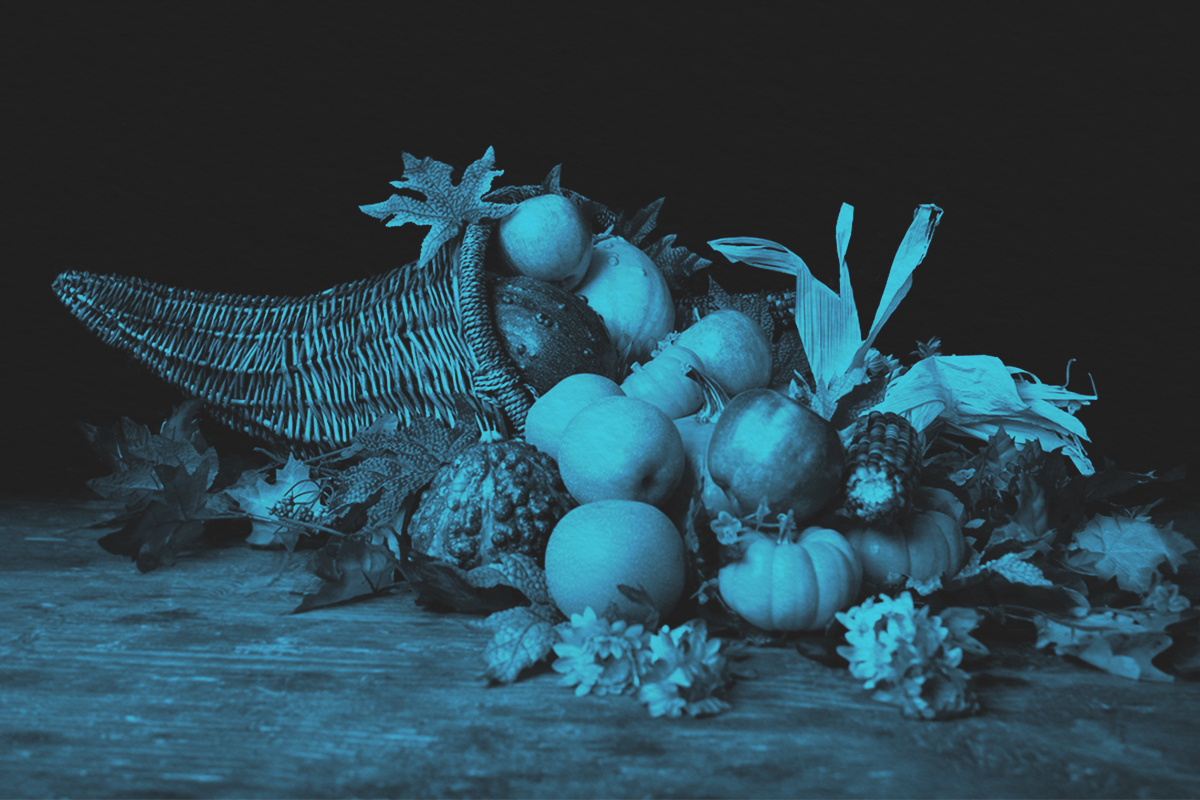
Every year on Thanksgiving, we sit down to share a meal with family, friends, and loved ones in the spirit of gratitude and abundance. Traditionally, this meal includes sides such as mashed potatoes and gravy, cranberry sauce, green bean casserole, and sweet potatoes, with pumpkin pie for dessert. The star of the meal, however, is a roasted turkey. If you’re the curious sort, you may have wondered if the name of the poultry on your Thanksgiving dinner table is related to the name of Turkey, the country.
The answer is yes, but only because the bird resembles a guinea fowl. This requires an explanation.
Wild turkeys (Meleagris gallopavo) are native to the Eastern and Southwestern United States and Mexico. The Maya of what is now southern Mexico domesticated them about 2,000 years ago — the birds were called huehxōlō-tl in Nahuatl. In the early 16th century, Spanish explorers in the Americas took turkeys to Europe, where, after breeding, they became farm animals (Meleagris gallopavo domesticus), raised for food.
This is where the naming gets a little complicated. In the 16th century, Portuguese traders exported the guinea fowl (Numida meleagris), a native species of sub-Saharan Africa, to European countries through the Ottoman Empire. Europeans called it the turkey-cock or turkey-hen because it came from the Turks. When a similar-looking fowl was sent to Europe from the Americas around the same time, it was called a turkey. But neither the guinea fowl nor the turkey is native to Turkey.
Why Turkey for the country? The Turks are “members of numerous Asian peoples speaking Turkic languages who live in a region extending from the Balkans to eastern Siberia and western China.” “Turk” is connected to the Medieval Latin Turcus, referring to the same group of people. After the fall of the Ottoman Empire in the early 20th century, the republic of Turkey formed, taking on the name Türkiye — a name long applied to that region by its inhabitants.
To add to the naming confusion, in some languages, the word for the bird turkey is based on “India.” For example: In French, it’s coq d’inde, or dinde; in Polish, indyk; and in Basque, inioliar. In Turkish? The bird is called hindi. Why? Guinea fowl were often imported into Europe from near modern-day Ethiopia, which misguided Europeans often confused with India.
Now that you’re informed about the convoluted history of this word, at the Thanksgiving feast this year, you can talk turkey and save the disputes for important things, such as whether sweet potatoes should be served with marshmallows.




















